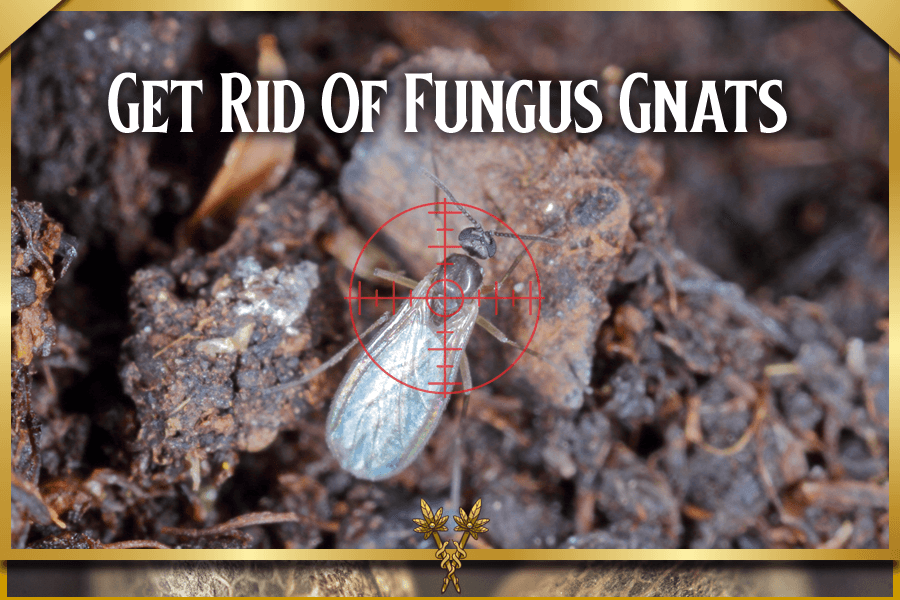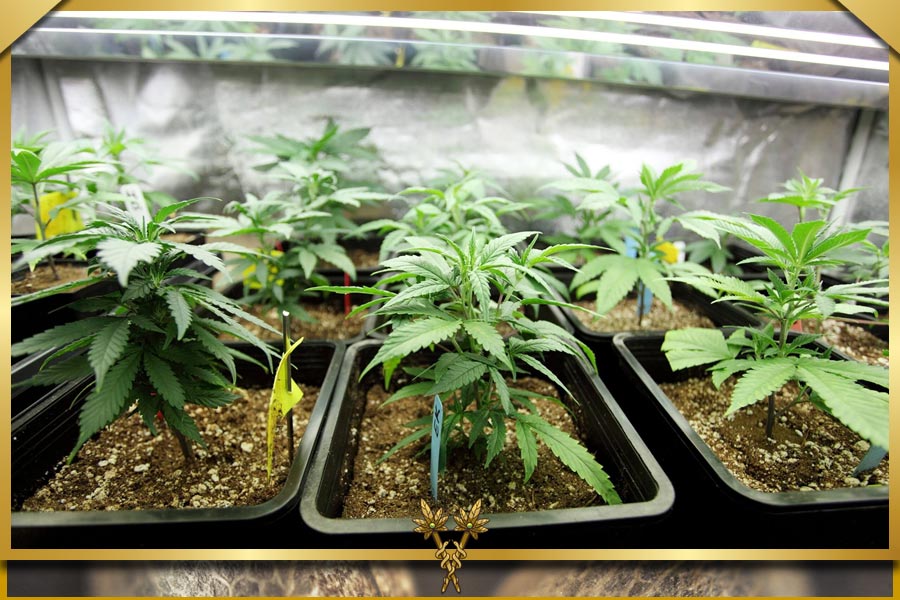What exactly is a PGR? Plant growth regulators (PGRs) were first identified in the late 1920s and have been in use for almost a century. Cannabis growers wondered whether weed PGRs, used mainly in agricultural and landscaping settings, could increase yields and protect crops.
Regulators have long restricted synthetic PGRs in the agricultural sector, but the cannabis industry is still lagging. To increase their yields, some growers use these chemical hormone inhibitors.
Continue reading to learn how artificial weed PGRs differ from natural ones and how they may affect you.
What does marijuana PGRs do?
Growers use PGRs to boost, regulate, or manipulate the growth of flowering plants, like marijuana in this case. Cannabis treated with plant growth regulators is PGR weed.
PGRs are produced synthetically, chemically, or naturally. Contemporary cannabis farmers are using these two techniques to increase yields past what is feasible using only organic farming practices.
Synthetic PGRs in marijuana is already causing serious concerns, despite the need for more research. Many growers may unintentionally use substances prohibited on foodstuffs in their cannabis nutrients. Simply put, the product package doesn’t label some of these PGRs.
Furthermore, the harvest is harmed by these PGRs for weed because less resin and trichomes are produced. This directly impacts the flavour profile and psychoactive effect of the cannabis you consume.
Several adverse side effects are possible with synthetic growth regulators. Even worse, PGRs found in marijuana may eventually harm people’s health. More research is needed to determine how dangerous they might be to people.
Which of the following are the main categories of natural plant growth regulators (PGR) for weeds?
Kelp, triacontanol, and chitosan oligosaccharides are examples of natural weed PGRs. There are also synthetic or chemical PGRs.
What are natural plant growth regulators?
All weed PGRs affect or influence the plant’s hormones, also known as phytohormones. They have equally extensive and varied effects as those found in the animal kingdom.
Even in minute quantities, phytohormones stimulate gene expression and cell growth. Both natural and synthetic PGRs can “turn on” or “turn off” these hormones.
These hormones react to environmental cues in the natural world. They also respond to signals from the plant’s chromosome-stored genome.
Weed PGR side effects
It is essential to distinguish between natural and synthetic variations when examining PGR weed side effects. Kelp is an example of a natural PGR with no adverse side effects and is a cannabis “superfood.”
However, synthetic PGR cannabis is a different story. PGRs have a variety of side effects due to the way they function.
Why opt for natural PGRs for weed?
First, unlike synthetic PGRs for marijuana, natural PGRs don’t have adverse side effects. Second, they improve your crop without using chemical PGR weed, which has self-destructive properties.
Furthermore, compared to PGR cannabis’ unpleasant chemical flavour and diminished psychoactive effects, the taste and effects of natural PGRs in marijuana are superior.
Natural weed versus PGR weed
Growers typically use PGRs to increase the mass and density of the harvest. Growers do it for higher profits, and it makes the yield heavier.
Comparing PGR and non-PGR marijuana, synthetic PGRs have the drawback of having larger, heavier buds, but at the expense of potency and quality. Furthermore, users experience several risks with consumption.
The trichomes of PGR marijuana have terpene and cannabinoid concentrations below average. These concentrations determine the cannabis plant’s psychoactive potency, flavour, and chemical and physical defences.
How to spot PGR weed
It’s crucial to understand how to recognise PGR weed. Natural cannabis and synthetic PGR weed are different in many ways.
- When smoked, chemicals have a harsh flavour.
- Buds that feel spongy and are incredibly dense and hard.
- Hairs are different-looking and brown or orange without the trichome crystal coating.
- Their scent is barely detectable when split apart
- Low THC concentrations for the specific strain.
- The chemical high comes on quickly, may make you drowsy, and is frequently accompanied by a headache.
- Buds of PGRs weed cure and dry to a dull brown colour.
Three organic PGRs for weed
Synthetic versions of natural PGRs for marijuana do not exhibit the same adverse effects. The three PGRs listed below offer a variety of advantages for your cannabis harvest:
Kelp
Kelp is the perfect food for cannabis plants because it grows to enormous lengths in the ocean and consumes various nutrients. Over 70 micronutrients work in tandem with macronutrients such as phosphorus, nitrogen, and potassium.
These vitamins, growth stimulants, and hormone boosters encourage the growth of flowers and foliage. Additionally, they expand chloroplasts, which promote photosynthesis. Kelp is widely used on golf courses and football fields to help growth.
Triacontanol
The cuticle wax on plant cells and beeswax contains the natural fatty alcohol triacontanol. It is a growth promoter that quickens photosynthesis.
Chitosan
Chitosan boosts a plant’s antibacterial and antiviral response, also known as a “plant vaccines.” Additionally, they can alter how plants grow and strengthen their immune systems to promote healthy growth and development.
How safe are PGRs?
It is never advisable to consume or smoke synthetic PGRs because they are unsafe. While more research is needed, there is undeniable proof of harm in the form of cancers and liver disease.
PGR organic weed is safe. Natural PGRs are used to safely grow a variety of foods, and no negative consequences have been linked to their use.
What effects does synthetic PGR have on the body?
Daminozide was recalled for use in food produced for human consumption. At high doses, tests revealed they are classified as human carcinogens.
Paclobutrazol, when smoked in PGRs weed, produces cancerous nitrosamines. PBZ is linked to infertility in both men and women, as well as liver damage.
In high doses, chlormequat chloride irritates the skin and eyes and damages internal organs.
Optimising natural buds using natural PGRs
Treating your cannabis with natural PGRs can boost your weed bud yield by maximising the environment and potential of the plant.
Using natural weed PGRs to enhance your growth operation is a terrific idea. Regarding safety, synthetic PGRs still need to demonstrate their viability. The healthiest, most secure method of growing food or cannabis continues to be natural and organic.
Buy the best, germination-guaranteed cannabis seeds from Mediseed Man online store.


